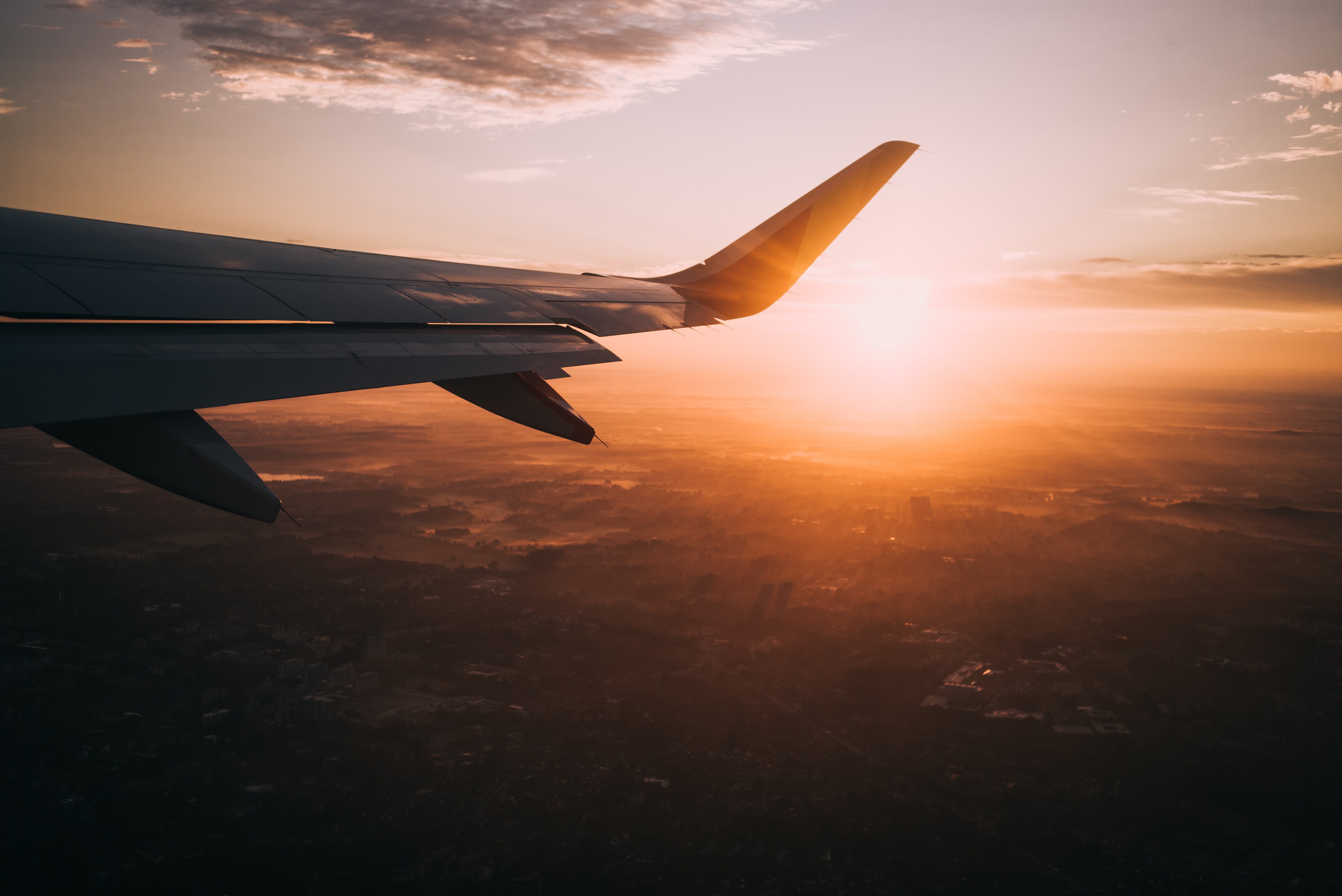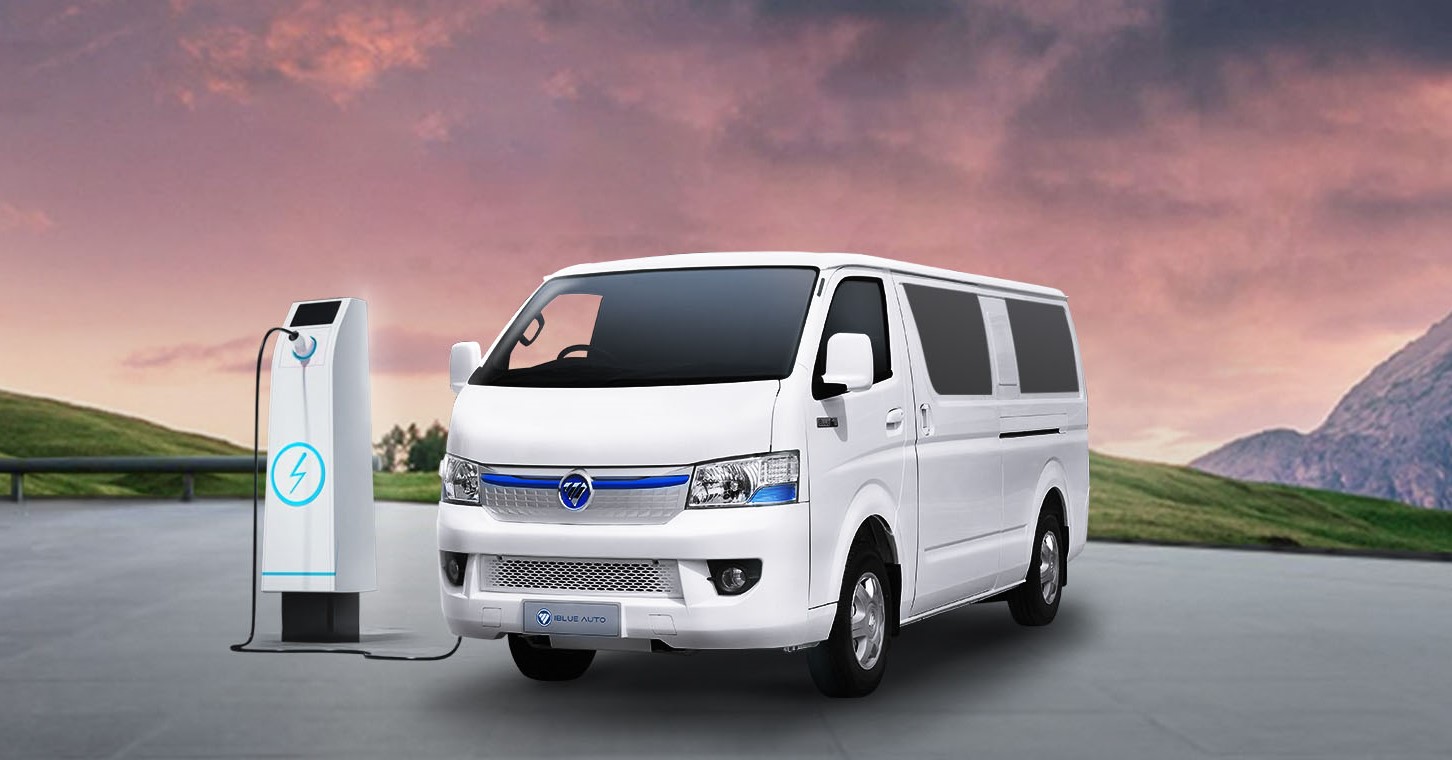“How holy is Sagarmatha, Yuyu,” distinguished German photographer Andreas Stimm asked me as he returned from his seven-week trek in the Everest region. “And how precious silence of the mighty glaciers.”
Two decades ago, we had successfully collaborated on Nepal Trilogy, a 900-page poetry/panoramic photography book in b/w that captured the landscape of Everest, Helambu and Annapurna. Andreas spent a week at my residence, enjoyed Shreejana’s Dal Bhat, (‘a delicious poem’) and left for Helambu. A chance meeting him at the Frankfurt book fair in 2003 has turned into a lifelong friendship that celebrates the Himalayas in an exceptional way.
He took a Pathao cab to Kopan monastery, walked up and through the Shivapuri sanctuary, moved to Chisapani and entered Helambu. He reached Tarkegyang, went up the Ama Yangri Hill but couldn’t go any further to Langtang. Massive snow had covered the Ganja La Pass. He sent me photos of meeting the people we had featured in our Trilogy. “Everything has changed dramatically in two decades.” He thought even my poems on Helambu such as “The Roads are coming” have taken on a prophetic ring. The roads have actually arrived in the pristine valleys and brought with them a maelstrom of civilization—concrete, smoke, noise and greed:
The Himalayan cuckoo
Stops its song eternal, Khapal Pakyo!
And begins anew, changing its timeless refrain
Khapal Pakyo! Khapal Pakyo!
“The fruit has ripened!
The fruit has ripened! ripened…”
“The roads are coming!
The roads are coming! coming…”
(Nepal Trilogy, ‘Milarepa’s Bones’)
Trilogy content has turned into an archival artifact of mere historical relevance. “I can hardly recognize the areas I filmed then,” he lamented.
Laced with a tent, he walked on foot seven weeks 500 kilometers to revive his memories of Nepal he once knew. After Ama Yangri Hill, he walked around holy Panch Pokhari and went down into the Sun Kosi. Further eastward bound, he climbed over the hills from Gauri Shakar Himal, trudged down to Singati in the Tama Koshi valley. Then he walked east to reach Jiri, the former starting point of the classical Everest trek route. He followed the 3-pass route—Deurali, Lamjura La and Taksindu La down to the Everest Dudh Kosi and up to Namche Bazar which seemed as busy as Thamel in Kathmandu. His trek around the Everest loop with the 3 high passes, all over 5000 m altitude (Kongma La, Cho La & Renjo La) was the culmination of his trek. Over Namche Bazar, he walked out to Kari La pass, where nowadays it's possible to catch a jeep back to Kathmandu.
Andreas seemed shocked. “It’s very very busy,” he said, “and the citadels of silence have been smashed by the advent of roads.” The rocks are being exploded with dynamite to build roads. Giant caterpillars are busy all over, doing the nasty work for the greed of mankind.
“Scores of houses like you see here in Kathmandu have erupted,” he pointed to a cluster of concrete houses in Koteshwor. He believed Sagarmatha region looks more of a fun park than a national park. It’s not the famed way to ABC but a cluster of shanty settlements taking shape along the classical trek route. It’s more of an imitation of the Alps style of climbing infrastructure without any reasonable concern for ecology. Wide concrete passages with fancy railings have been constructed for people to come and walk confidently on the ego trip to the highest mountain in the world. This human ego, (that it’s there) is the most notorious thing one can imagine causing havoc on the world’s most delicate terrain.
“Material that has gone into Everest with the roads is very sensitive,” he discerned. Plastic windows, ceiling material that can stay there forever, plastic is running all over the area and there’s no treatment plant to control waste. In fact, in Europe, the traditional Nepali way of building mountain houses is becoming a popular practice. But sadly, the old style of building houses without the use of concrete and steel is getting outdated in Nepal. At higher altitude, the ultra violet rays are extreme. They destroy plastic that spreads with the intensity of a malady, polluting air and water. Himalayan silence is at stake as the advent of the internet has added its own senseless clamor in the quiet canyons. It gets worse with helicopters coming in and out of basecamp all the time.
“You can book a helicopter in a national park like you can book a taxi in Kathmandu is horrifying. Its instant booking details can be found in most of the Lodge menus. In a European national park, this sort would be unacceptable.”
“How holy, after all, is Sagarmatha, Yuyu? And how precious silence of the mighty glaciers.”
.png)
.png) 1 week ago
64
1 week ago
64








 English (US) ·
English (US) ·